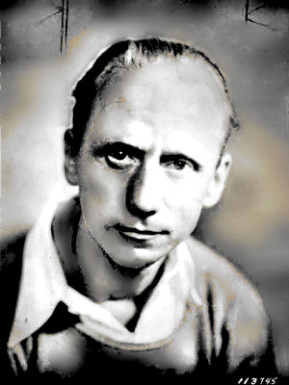Thorne Smith facts for kids
Quick facts for kids
Thorne Smith
|
|
|---|---|

Smith in the mid-1920s
|
|
| Born | James Thorne Jr March 27, 1892 Annapolis, Maryland |
| Died | June 20, 1934 (aged 42) Florida |
| Occupation |
|
| Period | 1918–1934, 1941 (posthumously) |
| Genre | Comic fantasy fiction, mystery, poetry, screenwriting |
| Notable works | Topper |
James Thorne Smith, Jr. (born March 27, 1892 – died June 20, 1934) was an American author. He wrote funny stories, often about supernatural things like ghosts and magic. He was known as Thorne Smith. His most famous books are the two Topper novels. These books were very popular in the 1930s and 1950s, selling millions of copies.
Life and Career
Smith was born in Annapolis, Maryland. His father was a Navy commodore. He later went to Dartmouth College. After college, he lived in Greenwich Village and worked part-time in advertising.
Thorne Smith became very successful when his book Topper was published in 1926. He lived for a time in Free Acres. This was a special community based on ideas about sharing resources. He passed away in 1934 at the age of 42 while on vacation in Florida.
Smith was good friends with the actor Roland Young. Roland Young played the character Topper in movies based on Smith's books. After Smith's death, Young wrote a short book about his friend. It was called Thorne Smith: His Life and Times.
Thorne Smith's Books
Thorne Smith wrote many books during his career. Most of them were humorous and involved strange or magical events.
Early Works
- Biltmore Oswald: The Diary of a Hapless Recruit (1918). These were funny stories Smith wrote for a Navy magazine. He wrote them while he was in the Navy.
- Out O' Luck: Biltmore Oswald Very Much at Sea (1919). This was another book of stories about Biltmore Oswald.
- Haunts and Bypaths (1919). This book was a collection of Thorne Smith's poems.
The Topper Series
- Topper (1926). This is one of Smith's most famous books. It's about a very proper banker named Cosmo Topper. His life changes when he meets two fun-loving ghosts, Marion and George Kerby. They introduce him to other ghosts and lead him on many adventures. Topper's wife, Mary, also tries to change her life.
- Topper became a movie in 1937. It starred Cary Grant as George, Constance Bennett as Marion, and Roland Young as Cosmo Topper.
- Topper Takes a Trip (1932). This book is the sequel to Topper. The story takes place in the French Riviera.
- Two more movies followed: Topper Takes a Trip (1939) and Topper Returns (1941). The last movie was not based on a book.
- The books were also made into a television series called Topper in 1953. Leo G. Carroll played Cosmo Topper. Robert Sterling and Anne Jeffreys played the ghosts. The show had 78 episodes.
Other Popular Books
- The Stray Lamb (1929). In this book, an investment banker named T. Lawrence Lamb starts to change into different animals. He and his daughter, Hebe, go on many adventures. These adventures often involve funny and unusual situations.
- Did She Fall? (1930). This was a mystery novel.
- The Night Life of the Gods (1931). A clever inventor creates a machine that can turn living things into stone and back again. He meets a very old woman who teaches him to bring stone statues to life. They bring Roman gods from a museum to life in New York City. The gods cause a lot of funny chaos.
- Turnabout (1931). This story is about a married couple who argue a lot. An ancient Egyptian idol makes them switch bodies. They learn what it's like to live as the other person.
- Turnabout was made into a movie in 1940. It also inspired a short-lived TV show in 1979.
- Lazy Bear Lane (1931). This was a book written for children.
- The Bishop's Jaegers (1932).
- Rain in the Doorway (1933).
- Skin and Bones (1933).
- The Glorious Pool (1934).
- The Passionate Witch (1941). This book was published after Thorne Smith passed away. Another writer, Norman H. Matson, helped finish it. This novel helped inspire the famous TV show Bewitched.

